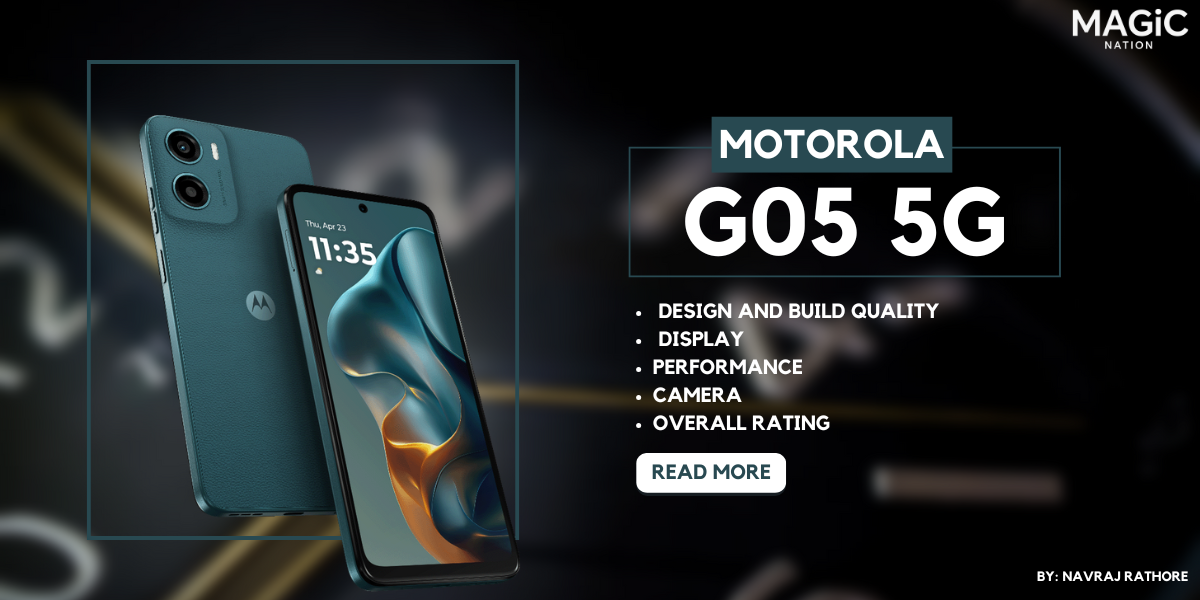Smartphone camera image processing software is one of the most important factors that contributes to the quality of photos and videos taken with smartphones. This software is responsible for a wide range of tasks, including noise reduction, sharpening, color correction, and white balance. It also plays a role in more advanced features such as HDR photography, portrait mode, and night mode.
In this article, we will take a comprehensive look at smartphone camera image processing software. We will discuss how it works, the different types of image processing algorithms used, and the latest trends in this field.
How smartphone camera image processing software works
Smartphone camera image processing software typically works in two stages:
Raw image processing
The first stage of image processing is to convert the raw image data from the sensor into a digital image. This involves applying a number of basic operations, such as white balance, gamma correction, and noise reduction.
Creative image processing: The second stage of image processing is to apply creative effects to the image. This can include things like sharpening, color correction, and HDR processing.
Smartphone camera image processing software uses a variety of algorithms to perform these tasks. Some of the most common algorithms include:
Noise reduction
Noise reduction algorithms are used to remove noise from images. Noise is caused by a number of factors, including low light conditions and high ISO settings. Noise reduction algorithms work by identifying and removing noise pixels from the image.
Sharpening: Sharpening algorithms are used to improve the sharpness of images. This can be done by increasing the contrast between adjacent pixels.
Color correction: Color correction algorithms are used to adjust the colors in an image. This can be done to improve the accuracy of the colors, or to create a specific look and feel.
HDR processing: HDR processing is used to create images with a wider dynamic range. This means that the image will have more detail in both the brightest and darkest areas. HDR processing works by combining multiple images with different exposures to create a single image with a wider dynamic range.
Types of smartphone camera image processing algorithms
There are two main types of smartphone camera image processing algorithms:
Rule-based algorithms
Rule-based algorithms are based on a set of predefined rules. These rules are typically applied to the image in a sequential order.
Learning-based algorithms: Learning-based algorithms use machine learning to improve their performance over time. These algorithms are trained on a large dataset of images and their corresponding labels. Once trained, the algorithm can be used to process new images and generate accurate results.
Latest trends in smartphone camera image processing software
One of the latest trends in smartphone camera image processing software is the use of artificial intelligence (AI). AI is being used to develop new and improved image processing algorithms. For example, AI is being used to develop algorithms for noise reduction, sharpening, color correction, and HDR processing.
Another trend in smartphone camera image processing software is the use of cloud-based processing. Cloud-based processing allows smartphone manufacturers to offer more advanced image processing features without having to sacrifice performance or battery life. For example, some smartphone manufacturers are using cloud-based processing to power their portrait mode and night mode features.
Conclusion
Smartphone camera image processing software is an essential part of any smartphone camera system. This software is responsible for a wide range of tasks, including noise reduction, sharpening, color correction, and white balance. It also plays a role in more advanced features such as HDR photography, portrait mode, and night mode.
Smartphone camera image processing software is constantly evolving, and new and improved algorithms are being developed all the time. As AI and cloud-based processing become more widely adopted, we can expect to see even more impressive image processing features from smartphone cameras in the future.
Here are some additional details about the latest trends in smartphone camera image processing software:
AI
AI is playing an increasingly important role in smartphone camera image processing software. AI is being used to develop new and improved algorithms for noise reduction, sharpening, color correction, HDR processing, and other image processing tasks. For example, Google uses AI to power its Magic Eraser feature, which can remove unwanted objects from photos with a single tap.
Cloud-based processing
Cloud-based processing is another trend in smartphone camera image processing software. Cloud-based processing allows smartphone manufacturers to offer more advanced image processing features without having to sacrifice performance or battery life. For example, Apple uses cloud-based processing to power its Smart HDR 4 feature, which takes multiple photos at different exposures and then combines them to create a single image with a wider dynamic range.
Real-time processing: Smartphone camera image processing software is also becoming increasingly faster and more efficient. This allows smartphone manufacturers to offer real-time image processing features, such as portrait mode and night mode. For example, the Samsung Galaxy S23 Ultra can take portrait
Smartphone Camera Image Processing Software: The Next Big Thing
Post Reply
3 posts
• Page 1 of 1
-
- Information
-
Who is online
Users browsing this forum: No registered users and 12 guests
Recent Posts

Intra circle Roaming
Mon Jan 20, 2025 10:27 pm
Syed_Nabi23
131
2

HONOR Magic7 Pro's AI Super Zoom: A Game-Changer for Telephoto Photography
Sun Jan 19, 2025 8:16 pm
sarthhkk
230
2

Tech Roundtable VOL. #33 - Gaming Smartphones: Do You Really Need One
Thu Jan 16, 2025 11:55 pm
sarthhkk
202
2

AMRIT UDYAN TO OPEN FOR PUBLIC FROM FEBRUARY 2
Tue Jan 21, 2025 11:01 pm
Syed_Nabi23
85
1

Best Budget Earbuds Under ₹3,000: Power, Style, and Savings
Sun Jan 19, 2025 4:57 pm
Cozycupcake
185
2

Leaving Your Laptop Plugged In Ruins the Battery: Fact or Myth? - MBM Episode #3
Mon Jan 20, 2025 11:14 am
Navraj rathore
132
1

Moto G05 Review: Is This the Best Budget Smartphone of 2025? 🤔
Fri Jan 17, 2025 1:37 pm
Navraj rathore
219
2

Xiaomi NAS: Redefining the Future of Smart Home Storage
Sat Jan 18, 2025 3:07 pm
sarthhkk
221
1

Honor Magic7 RSR: Redefining Luxury and Performance
Fri Jan 17, 2025 5:00 pm
sarthhkk
274
2

Best Laptop Deals to Grab in Amazon Great Republic Day Sale 2025
Thu Jan 16, 2025 8:35 pm
sarthhkk
270
1
- Copyright © 2024 Magicnation. All rights reserved.
